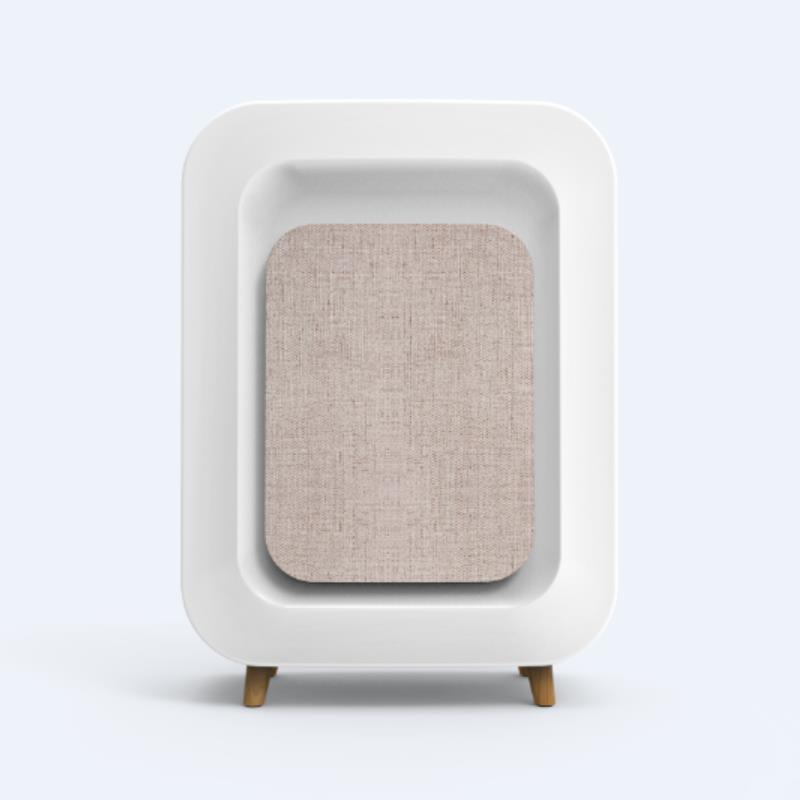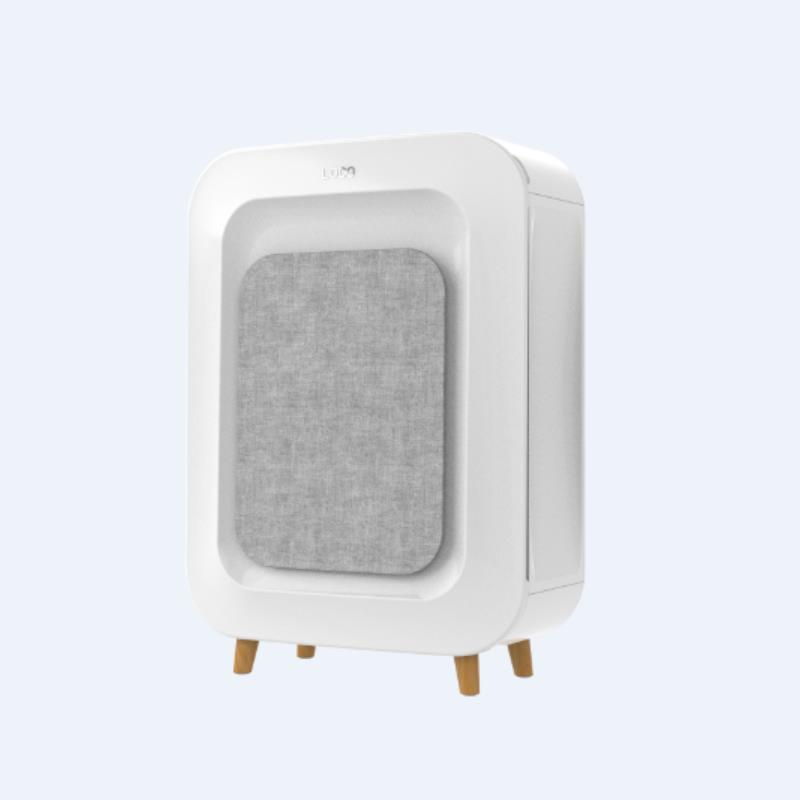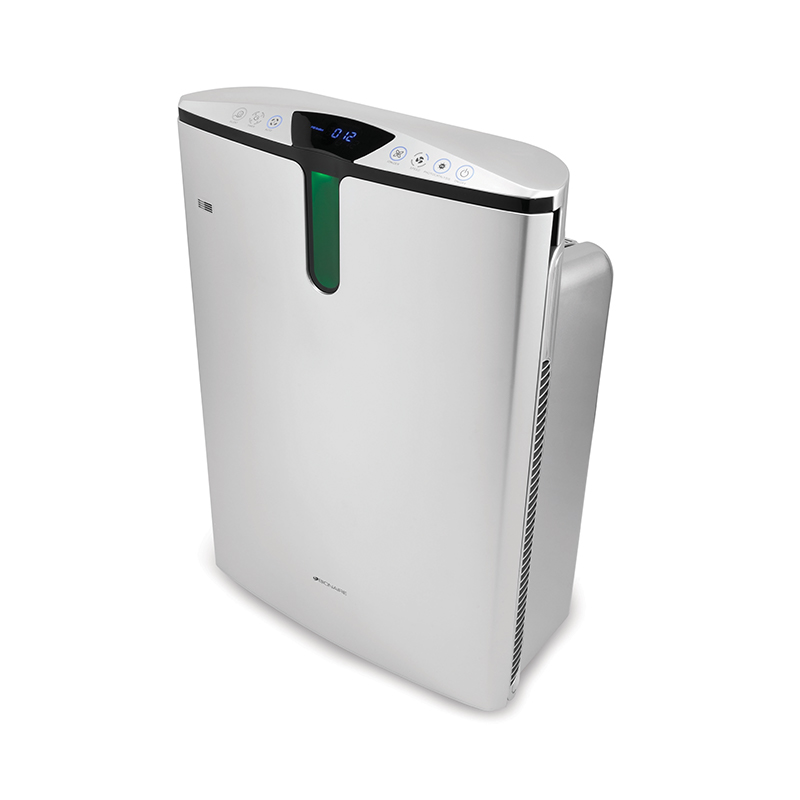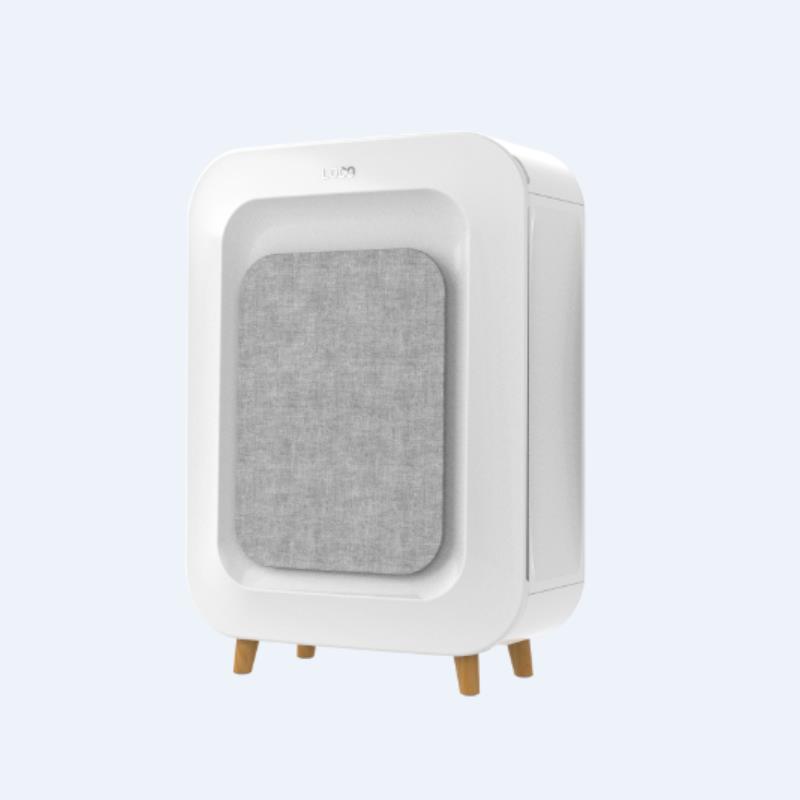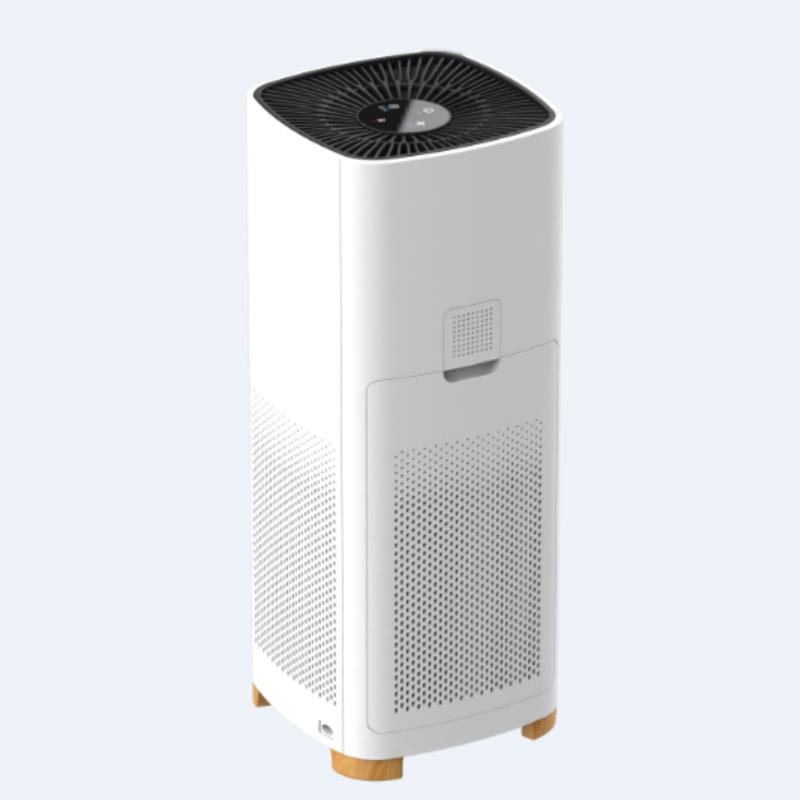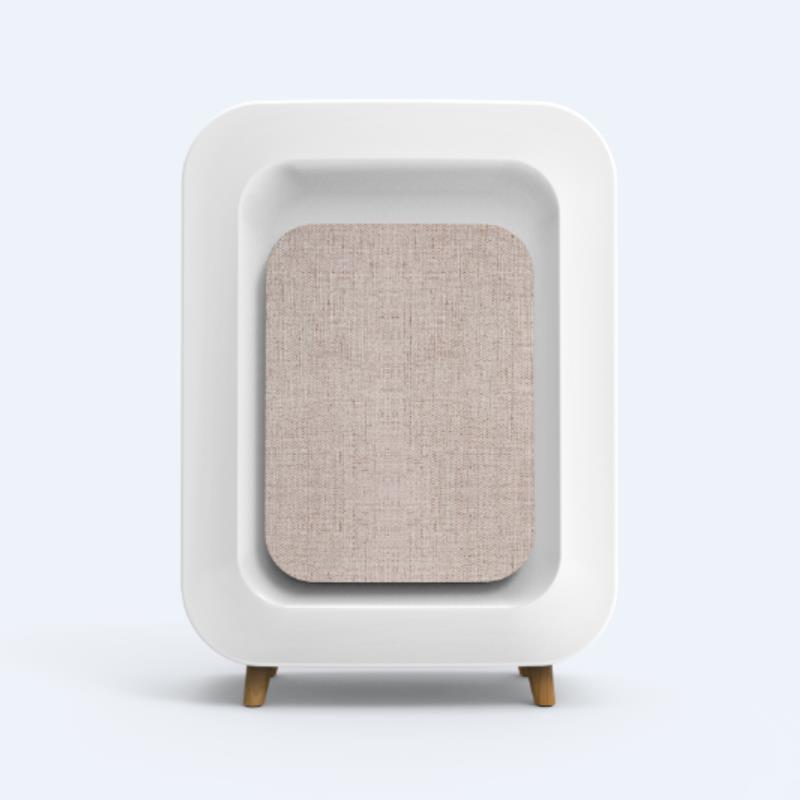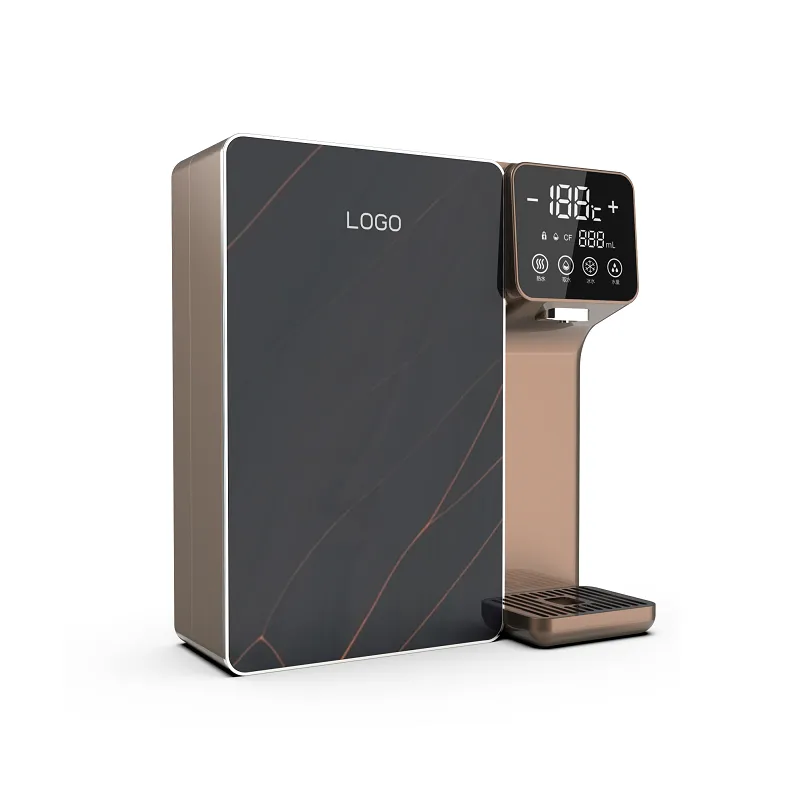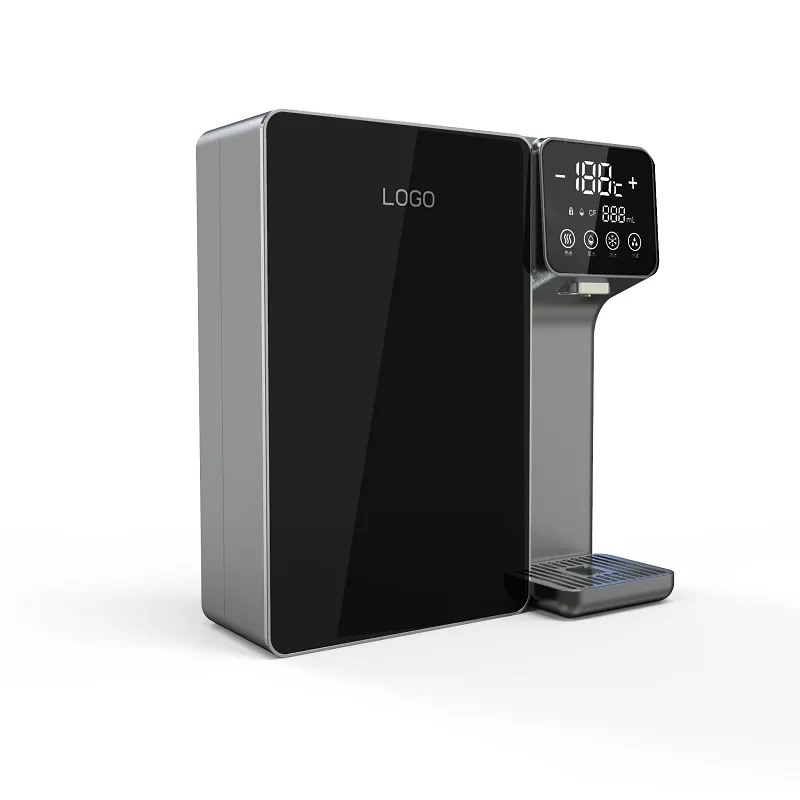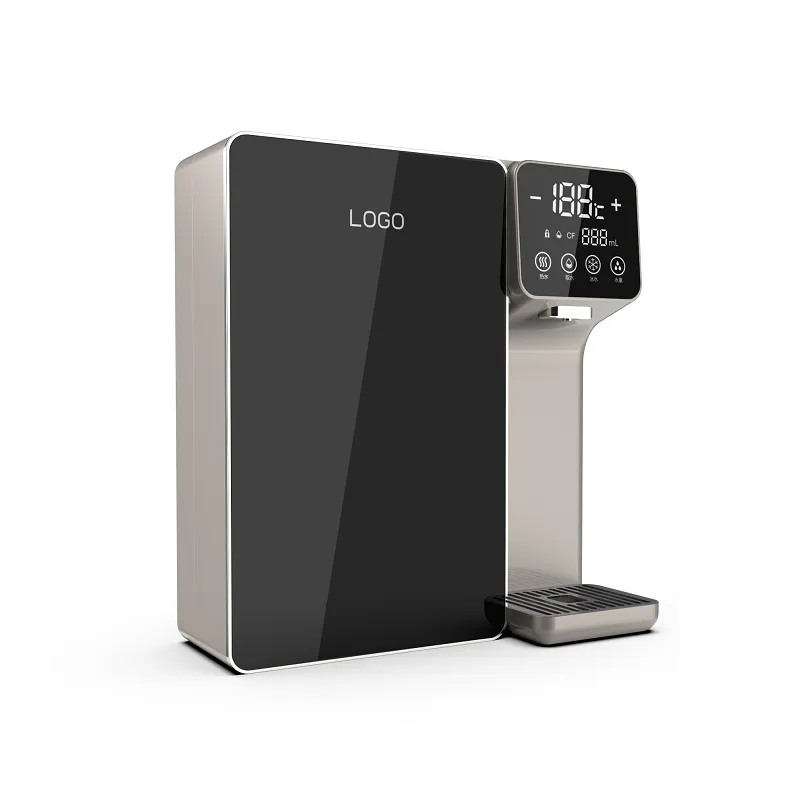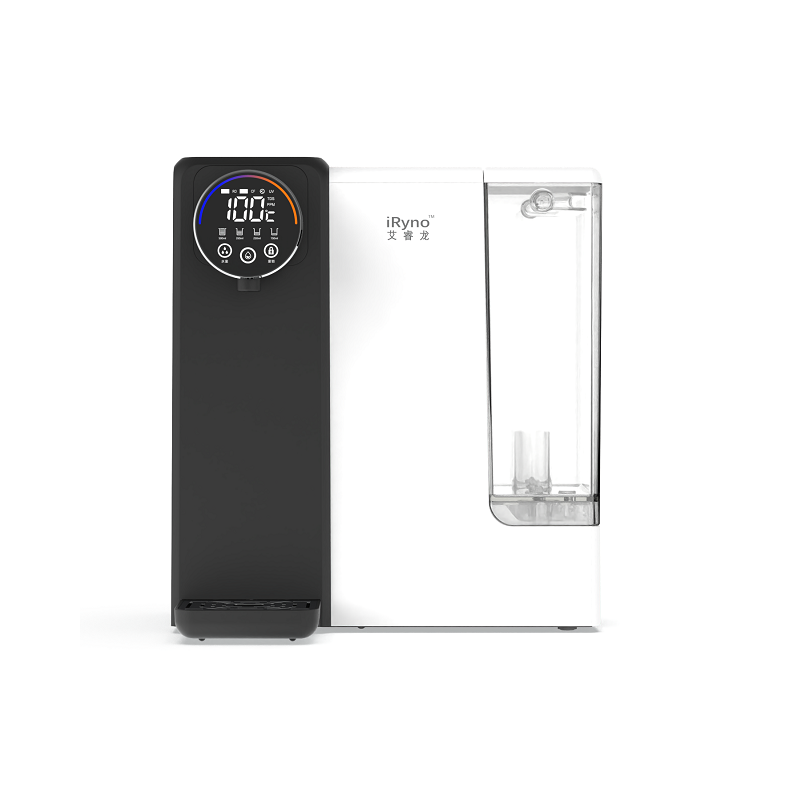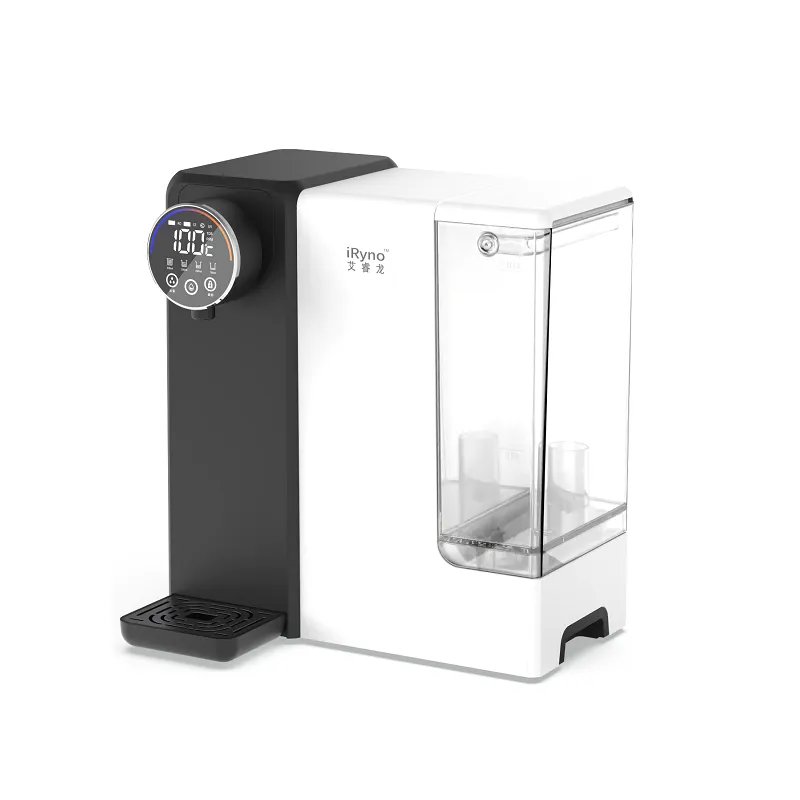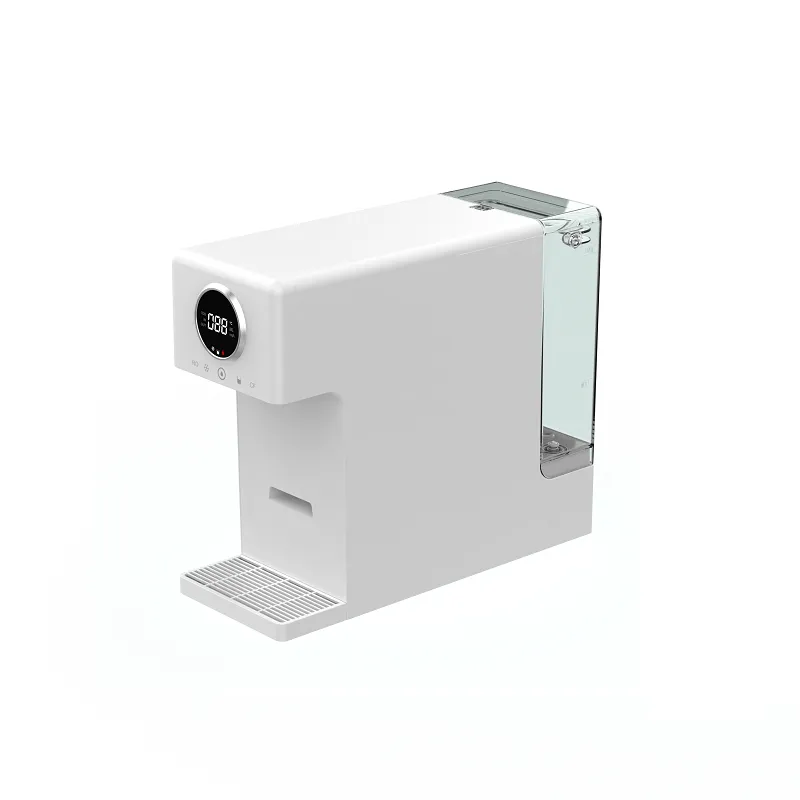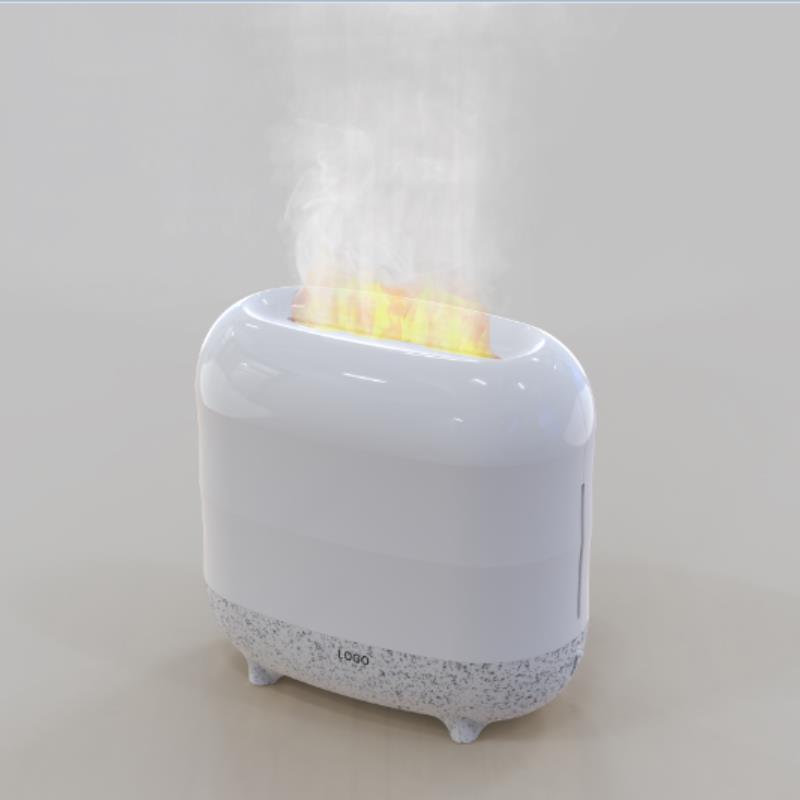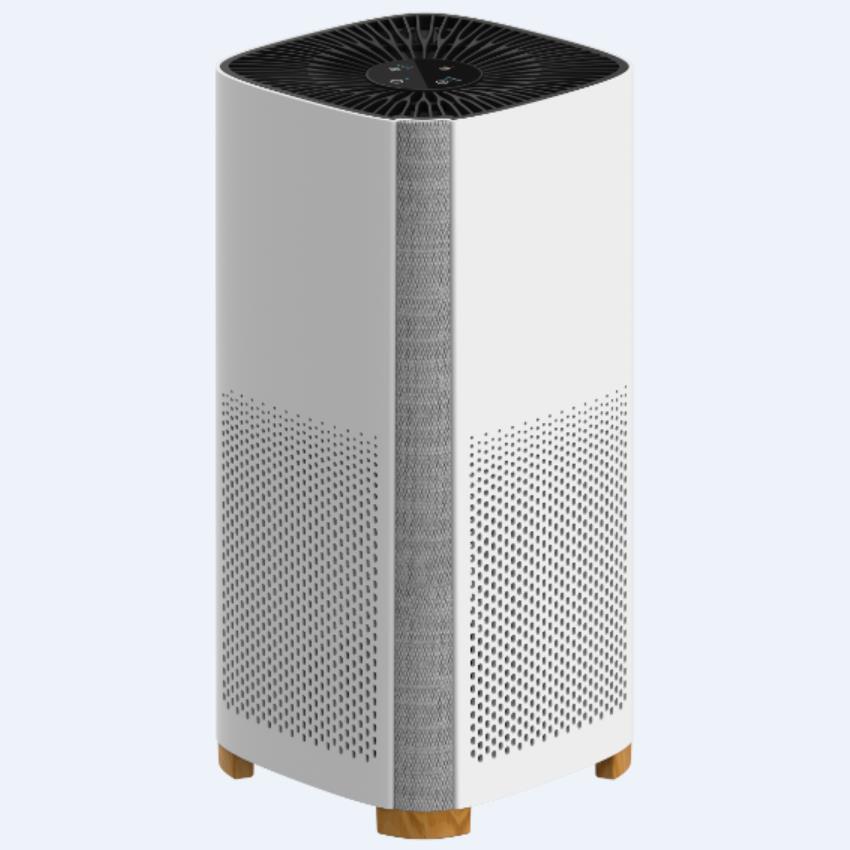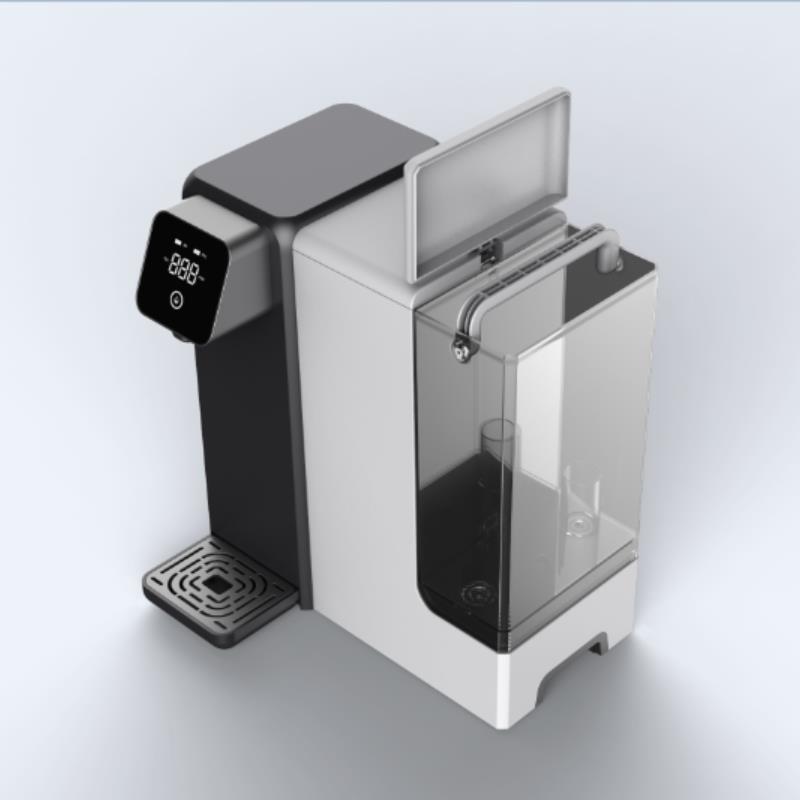What is an air purifier
Air purifiers, also known as “air cleaners”, air fresheners, and purifiers, refer to decoration pollution that can absorb, decompose or transform various air pollutants (generally including PM2.5, dust, pollen, odor, formaldehyde, etc.) , bacteria, allergens, etc.), products that effectively improve air cleanliness are mainly divided into household, commercial, industrial, and building.
There are many different technologies and media in an air purifier that enable it to provide clean and safe air to the user. Commonly used air purification technologies include: adsorption technology, negative (positive) ion technology, catalytic technology, photocatalyst technology, superstructure photomineralization technology, HEPA high-efficiency filtration technology, electrostatic dust collection technology, etc.; material technologies mainly include: photocatalyst, activated carbon, Synthetic fibers, HEPA high-efficiency materials, negative ion generators, etc. Most of the existing air purifiers are composite, that is, multiple purification technologies and material media are used at the same time.
Air pollution is a major problem in today’s world and it affects our health in many ways. The air we breathe is full of harmful pollutants such as dust, smoke and chemicals that can cause respiratory illnesses, allergies and other health problems. Air purification is the ultimate solution for clean and healthy air and has become a necessity in every home and workplace. In this article, we will discuss the importance of air purification, how it works, and the different types of air purifiers available in the market.
The Importance of Air Purification
Air purification is essential to maintaining good health and well-being. The air we breathe contains pollutants such as dust, pollen, pet dander, mold spores and volatile organic compounds (VOCs). These pollutants can cause respiratory problems, allergies, and other health problems, especially in people with asthma or other respiratory conditions. Air purification helps remove these pollutants from the air for cleaner, healthier breathing.
How Air Purification Works
Air purifiers work by using filters to trap pollutants and other harmful particles in the air. The most common type of filter used in air purifiers is the High Efficiency Particulate Air (HEPA) filter, which removes up to 99.97% of particles as small as 0.3 microns. Other types of filters used in air purifiers include activated carbon filters, which remove odors and chemicals, and UV-C light filters, which kill bacteria and viruses.
Types of Air Purifiers
There are many types of air purifiers on the market, each with its own set of features and benefits. Some of the most popular types of air purifiers include:
1. HEPA Air Purifiers: These air purifiers use HEPA filters to remove pollutants from the air. They effectively remove dust, pollen, pet dander and other allergens.
2. Activated Charcoal Air Purifiers: These air purifiers use activated carbon filters to remove odors and chemicals from the air. They are effective at removing cigarette smoke, cooking odors, and other unpleasant odors.
3. UV-C Air Purifiers: These air purifiers use UV-C light filters to kill bacteria and viruses in the air. They are effective in preventing the spread of airborne diseases.
4. Ionic air purifiers: These air purifiers use ionizers to charge particles in the air, making them stick to surfaces or other particles. They effectively remove pollutants such as dust and smoke.
5. Ozone Air Purifiers: These air purifiers use ozone to remove pollutants from the air. They are effective at removing odors and chemicals, but can be harmful to people with respiratory problems.
Suitable
1. Applicable places:
1. The residence that has just been renovated or refurbished.
2. Residences for the elderly, children, pregnant women and newborns.
3. Residences for people with asthma, allergic rhinitis and pollen allergies.
4. Residences for raising pets and livestock.
5. Relatively closed residences or residences affected by second-hand smoke.
6. Hotels, public places.
7. Residences for those who are willing to live a high-quality life.
8. Hospitals, reducing infection and preventing the spread of diseases.
Related Products

